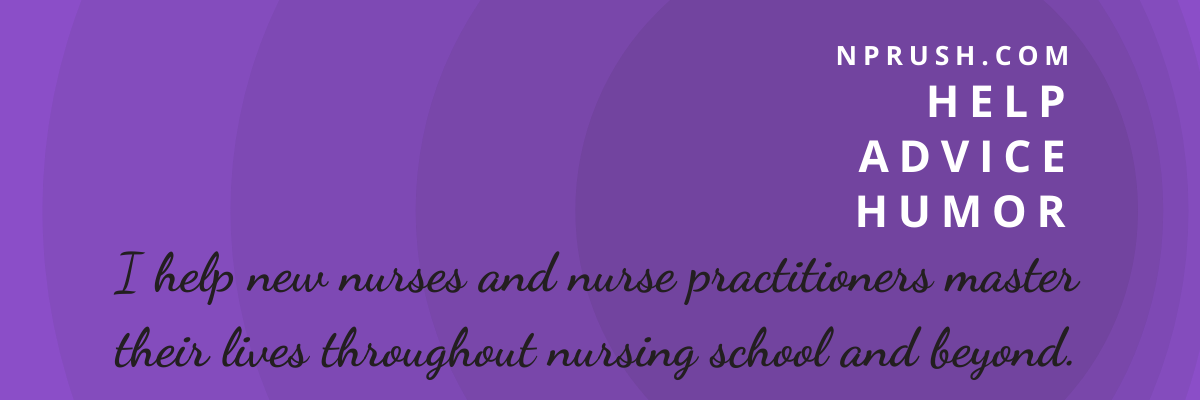Reducing LGBTQ+ bias in healthcare is no small undertaking. It’s prevalent yet secluded, often ignored, unnoticed, not discussed. Little is known about how nurses and other healthcare professionals are trained to identify and reduce their own biases toward LGBTQ+ individuals . . . so the cycle continues.
As a nurse practitioner — and a button-popping-proud mother of two lesbian daughters! — I’ve seen firsthand the disparities suffered by LGBTQ+ individuals. Although most healthcare providers do not see themselves as biased, it’s a persistent and common problem that won’t go away until we face it head-on.
What We Know
LGBTQ+ individuals come from all races and ethnicities, religions, and social classes and are one of the fastest growing populations in the U.S.(1) Yet, we’ve known for some time that LGBTQ+ individuals experience more health disparities than their non-LGBTQ+ peers. We also know these disparities are likely linked to discrimination, societal stigma, and denial of their civil and human rights.
According to HealthyPeople.gov, LGBTQ+ individuals face greater disparities regarding physical and mental health outcomes than their heterosexual counterparts, including psychiatric disorders, substance abuse, suicide, and violence because of oppression and discrimination.
These individuals experience higher rates of anal cancer, asthma, cardiovascular disease, obesity, substance abuse, cigarette smoking, and suicide. Transgender youth have less access to healthcare, while lesbians have fewer lifetime Pap tests and a higher risk for breast cancer. We know that LGBTQ+ individuals avoid or delay medical care, likely due, in part, to the discrimination or denial of services from providers. And for this reason, LGBTQ+ individuals are more likely to under-utilize all healthcare services. Throw in the vulnerabilities linked to racial identity and geographic location and disparities in healthcare access and outcomes skyrocket.
Combating Bias in Healthcare
Bias in healthcare is not new and is not uniquely directed at LGBTQ+ individuals. Explicit biases held by health professionals have existed toward racial and ethnic minorities, women, those with disabilities, and even older adults. These biases impact clinical assessments, treatments, and the overall quality of care. More importantly, implicit bias is strongly associated with explicit behaviors which are linked to inter-group discrimination.
Even in the absence of explicit behaviors, implicit biases toward vulnerable patient groups persist in the form of negative attitudes and preconceived notions resulting in poor communication and hidden aggression that interferes with optimal care.
Despite commitments to patient care and positive outcomes, bias among healthcare professionals remains . . . bias that is unexamined and unaccounted for. Because of this underlying and unrecognized bias, healthcare providers are likely to underestimate the significance of their biases toward the LGBTQ+ community and the impact their behaviors and judgments may be having on the very health problems they are seeking to resolve in their communities.

Taking Action to Reduce Bias
To ensure better health outcomes of LGBTQ+ individuals, it has to start with healthcare professionals who are willing to examine their attitudes and own their biases.
Biases can and should be modified.
Personal awareness. We each have an internal compass that guides our interactions with others. Becoming aware of our internal thoughts and feelings when interacting with others is key to developing an awareness of the unacceptable attitudes and feelings that can threaten patient care.
Acknowledgment. Once limiting attitudes and behaviors are identified, acknowledge them. Accepting and naming your biases allows you to take responsibility for their presence in your life.
Mitigate implicit bias. Healthcare providers must understand how implicit LGBTQ-related bias negatively impacts interactions with their patients, then work to develop personal strategies to reduce it.
Steps to mitigate bias include identifying internal bias, owning it, then moving forward by taking the initiative and time to identify with the patient’s situation.
Identifying with our patients, understanding their circumstances, listening to their words and hearing their needs, accepting who they are and where they’re at their lives at this moment are all steps toward silencing bias.
Deliberately implementing support to navigate a complex healthcare system, purposely recognizing and advocating for their needs, and intentionally identifying best treatment options are all actions providers can take to halt the bias.
In peace and love,


References
- Waisel DB. Vulnerable populations in healthcare. Curr Opin Anesthesiol. 2013;26(2):186–92.




